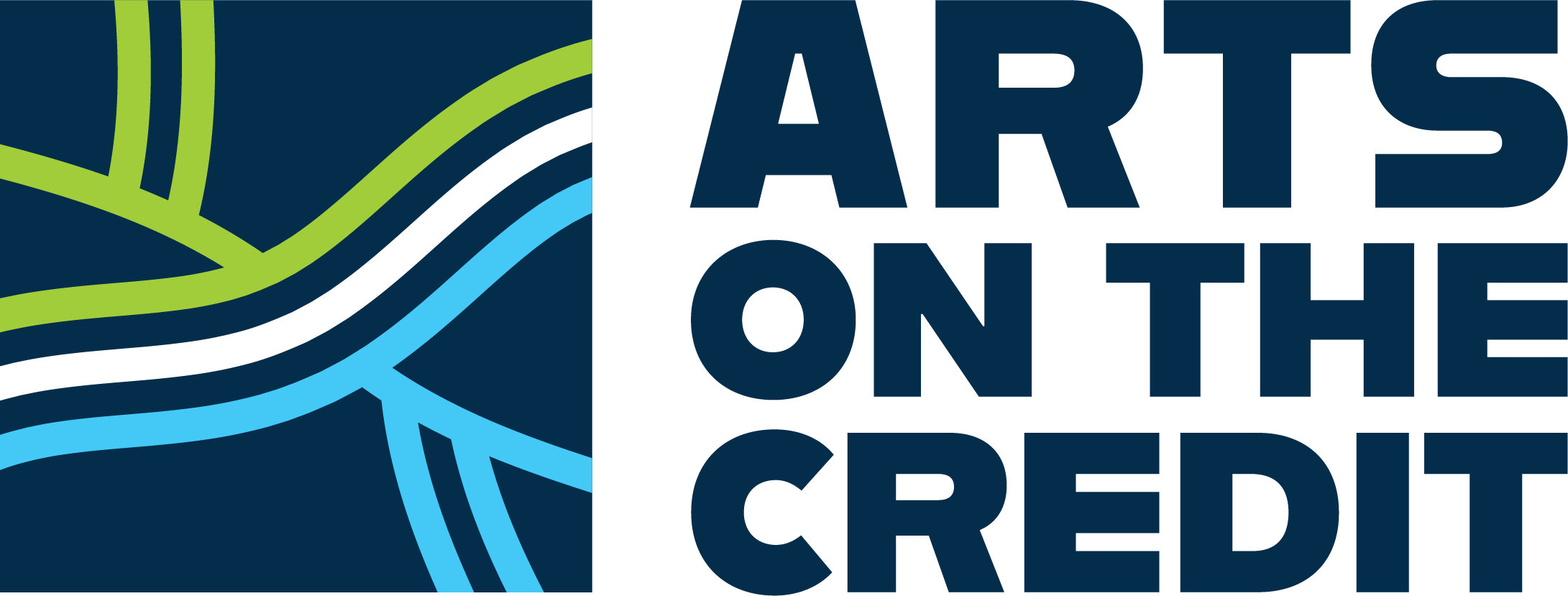
Photo by Jeffrey Czum from Pexels
Crypto Art is a term most artists will have heard of by now unless you are the lucky eccentric artist who sells enough Not Crypto Art to live off the grid/in your special bubble/under a rock. Many of us swept it out of our minds when we heard or read the accompanying words cryptocurrency, blockchain, insert-more-technical-stuff-we-artists-like-to-avoid here, because many of us just want to create art with the little time we have. Unfortunately, life doesn’t work that way, as covid lockdowns have taught us. We need to get our butts in gear, tackle all the tech stuff, try not to drown in the sea of learning curves and avoid destroying those expensive devices by throwing them against the wall in frustration because unlike the loyal paintbrush they are pretty flimsy-and to be honest-petty as hell.
Since I was feeling absurdly proud of myself for having finally learnt how to create and upload a half-decent art process video to YouTube I decided I should look into what all this noise was about. Yes, I am always late to the party-that is the factory default setting of the Not Ridiculously Rich. So I searched up stuff on Google and read. And read. And read. I present to my fellow Technically-Challenged-But-Happy-Anyways artists the laymen’s version of all this hullaballoo.
NFT, non-fungible token-what you can sell your art as. According to Wikipedia, “a unit of data stored on a digital ledger, called a blockchain that certifies it is unique”. Something you can’t hold or touch. But whoever owns it has bragging rights, which apparently is really important when you have more money than you know what to do with. They will own a digital file. That anyone can copy or take a screenshot of off the internet. You heard of the artist who sold a digital work for $69 million dollars right? I was over the moon for the artist, we all know how much work we put in and how little we often receive-sometimes zilch. However, it did bother me to know that someone has that amount of money just lying around to spend on bragging rights to a piece of data. On the Water for Wells in Africa website, it says it costs about $8000 to build one well that will provide for 2000 people (Mozambique, Malawi). Just to put things in perspective for you. Why bring drinking water into it? You will see in a bit.
It is definitely a win for artists though because now any type of art you do is art and can make you an income whether or not the critics like it or galleries accept it. Which is what the whole crypto art thing was supposed to do, give creative freedom, make sure the art was always linked back to the artist and that no matter how many times it was resold, the artist would get a royalty, because blockchain, tech stuff etc that just means the whole path can be traced back to the artist who originally created and sold it.
Except of course for the fact that any artist who is posting their work on social media can have someone download or copy the image, play around with editing it a bit (or not) and just sell it on some NFT platform and there are so many people out there, how would the artist know that their work was stolen and sold? I mean it is data, anyone can get hold of it. Quite disappointing.
That said, of course, it is still pretty tempting to try it out, right? I mean there is always the chance if you dedicate enough time to engage a little community who admires your work, promote the art well you can start making some money. Initially investing some time to learn, money to buy the cryptocurrency (even the money is just data-this really bothers me!) you need to start the whole thing like buying a “wallet” where you keep your art and providing “gas” to run the show. Basically, a whole bunch of stuff you do on your computer, all these processes and transactions, upload your art and then not worry about it too much because if it sells and resells, it makes you money. A nice passive income, even if it is slow when you start out. I want to jump on that bandwagon too. Except something just didn’t seem right so I Googled and read some more. And read. And read. If something sounds too good to be true, it usually is just that.
Running this whole shebang is helping destroy the environment, environmental conservation is something every artist I know is on a scale of passionate to absolute batshit crazy about. This is why I brought drinking water into this conversation. That’s when I wobbled and fell off the fence, back to the side where there were a lot of dandelions, bees and butterflies and frankly that is where I rather be. The beautiful well-kept garden on the other side is fake and I have no wish to go to Mars with all the millions I may have earned from selling my magnificent crypto art-which I haven’t even created yet.
Cryptocurrency requires huge amounts of electricity. Like really ridiculously huge amounts. According to this article : “Bitcoin has a carbon footprint comparable to that of Sweden while Ethereum’s comparable to that of Tanzania”. Bitcoin and Ethereum are Cryptocurrencies. That was a depressing piece of news considering how the popularity of Crypto Art and Cryptocurrency is growing. Of course, there are probably some amazing things about it as well, and I encourage anyone who is interested to go and Google it. And read. And read. And read. For me though, anything that causes that much damage in an already precarious situation is just a huge no thank you. I do say this with a slight ache in my heart for all the fake millions I may have just kissed goodbye. Fact is, I really like butterflies, bees and dandelions.
By Khaula Mazhar



